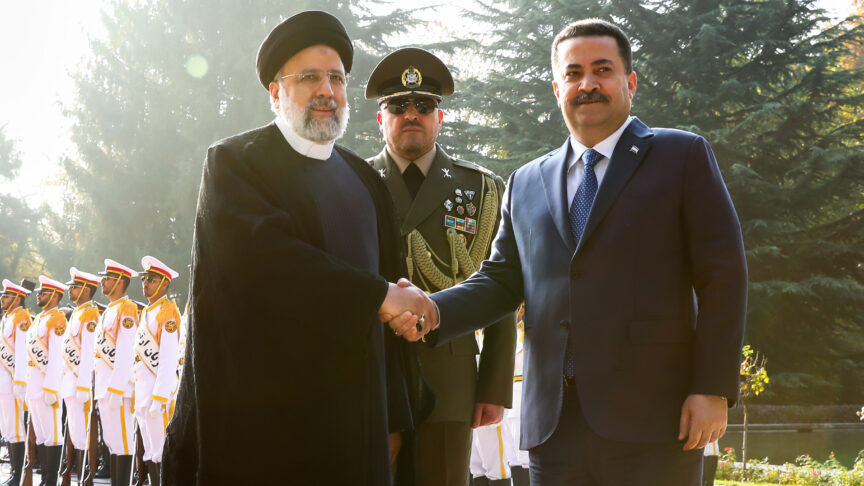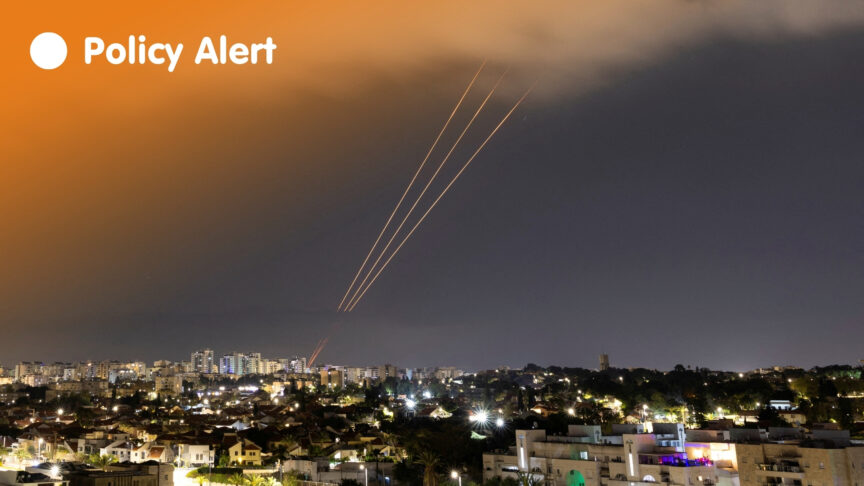Explainer: The Iran nuclear deal
A summary on the main components of the Joint Comprehensive Plan of Action (JCPOA) agreed on 14 July between Iran and the E3+3
The main components of Joint Comprehensive Plan of Action (JCPOA) agreed on 14 July between Iran and the E3+3 (that is, France, Germany, the UK, China, the US and Russia) is summarised below. An overwhelming number of non-proliferation experts and scientists have assessed that the terms of the JCPOA provide the most reasonable and durable means to ensure Iran does not produce a nuclear weapon before detection.
The JCPOA increases the so-called “breakout” time – that is, the amount of time that it would take Iran to produce enough weapons grade uranium for a single nuclear weapon, from the currently estimated 2-3 months threshold to at least 12 months. The steps Iran would need to take to extend this breakout time is noted in the table below as “nuclear related” commitments. In return, the EU, US and the UN will provide Iran with economic relief through measures noted in the table below as “sanctions” commitments.
Timeline Summary
| Implementation Plan | Components | Date/expected |
|---|---|---|
| Finalisation Day | Date on which JCPOA announced. | 14 July 2015 |
| JCPOA submitted to UN Security Council | E3+3 will “promptly” send JCPOA to UN Security Council (UNSC) for review and adoption “without delay”. | 20 July 2015 |
| Adoption Day |
90 days (or earlier if agreed by E3+3 and Iran) after endorsement of JCPOA by the UNSC. From this date, participants start making preparations for implementing commitments.
|
19 October 2015 |
| Congress Review Period |
Members of US Congress have 60 days starting on 20 July 2015 to review the JCPOA.
|
Initial vote for disapproval bill by 17 September 2015. Obama’s presidential veto must be issued by 29 September 2015. Congress vote to override veto by 9 October 2015. |
| Implementation Date | Simultaneously with IAEA report verifying implementation by Iran of the nuclear-related measures, UN sanctions terminate, EU sanctions terminate (in some cases only suspended), US “ceases” application of nuclear related sanctions. | Not tied to any date but expected to occur within 4-6 months from Adoption Date. Roughly in the first half of 2016. |
| Transition Day | 8 years after Adoption Day or the date when IAEA submits a report that all nuclear material in Iran remains in peaceful activities (whichever is earlier). EU terminates remaining sanctions. US terminates or modifies remaining sanctions. Iran ratifies Additional Protocol. | Expected mid-October 2023 |
| UN Security Council resolution Termination Day | 10 years from Adoption Day, the UNSC resolution endorsing JCPOA terminates – provided no UN sanctions have been re-imposed. UNSC “would no longer be seized of the Iran nuclear issue”. | Expected mid-October 2025 |
Commitments Summary
| Commitments | Components | Timeframe |
|---|---|---|
| UN Security Council Resolution endorsing the JCPOA | US Congress will be faced with a UNSC Resolution endorsing JCPOA before casting votes on the deal (although not yet in force). | Expected to vote on 20 July 2015. Comes into force within 90 day. |
Nuclear related – to be carried out by Iran |
||
| Iran-IAEA roadmap on PMD (Possible Military Dimension) |
|
|
| Enrichment only at Natanz – preventing “uranium path to weaponisation” |
|
Implementation date |
| Enriched Uranium Stockpile – preventing “uranium path to weaponisation” |
|
Implementation date |
| Fordow –“uranium path to weaponisation” |
|
Implementation date |
| Research & Development |
|
Implementation date |
| Arak Heavy Water Reactor– preventing “plutonium path to weaponisation” |
|
Implementation date Before Implementation date, Iran and E3+3 agree on joint venture |
| Transparency – preventing “covert path to weaponisation” |
|
Implementation date. PMD measures by 15 October 2015 |
| Access |
|
Implementation date |
Sanctions – to be carried out by E3+3 |
||
| UN |
|
Implementation date |
| USA |
|
Implementation date |
| EU |
|
Implementation date |
| Arms embargo |
|
Implementation date |
| Release of frozen revenues |
|
Implementation date |
Dispute resolution & snap-back |
||
| Joint Commission |
|
Established from Finalisation date |
| Dispute resolution and snap-back |
|
Established from Finalisation date |
You can also read more on the nuclear deal from our former visiting fellow, Aniseh Bassiri.
The European Council on Foreign Relations does not take collective positions. ECFR publications only represent the views of their individual authors.


